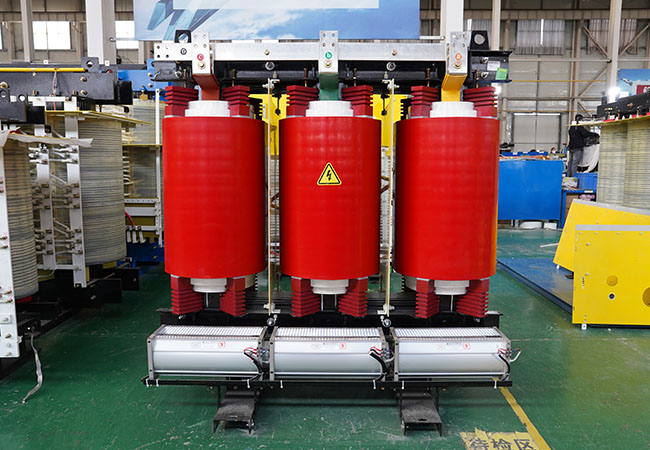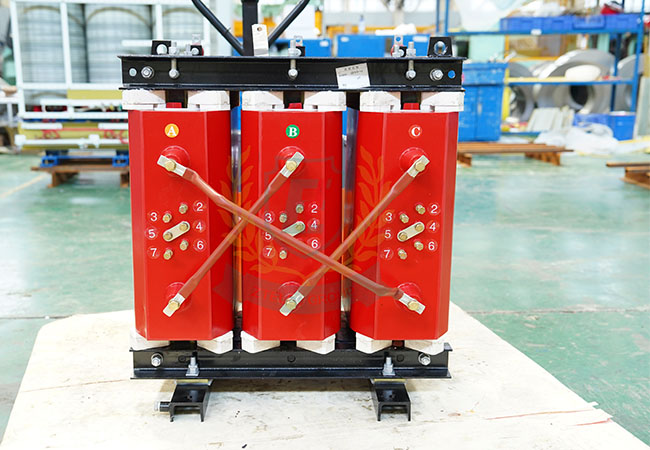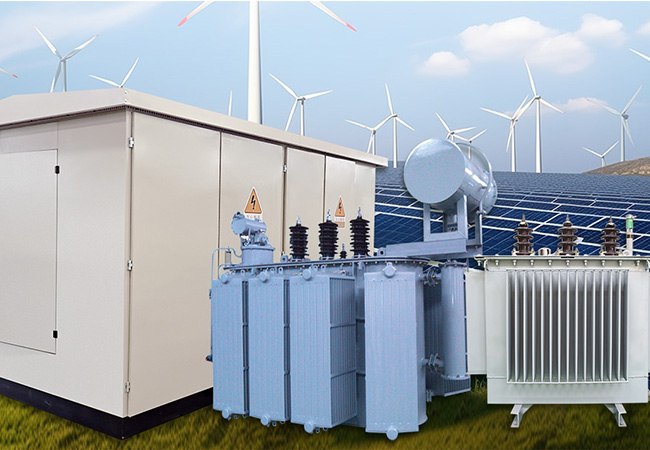Dry-type Transformer Structure, Cooling Method, And Types
08-26 2024 | By:
Dry-type transformer refers to a power transformer whose core and winding are not immersed in insulating oil and adopts natural cooling or air cooling. As a late-emerging power distribution equipment, it has been widely used in power transmission and transformation systems in factory workshops, high-rise buildings, commercial centers, airports, docks, subways, oil platforms and other places, and can be combined with switch cabinets to form a compact complete substation
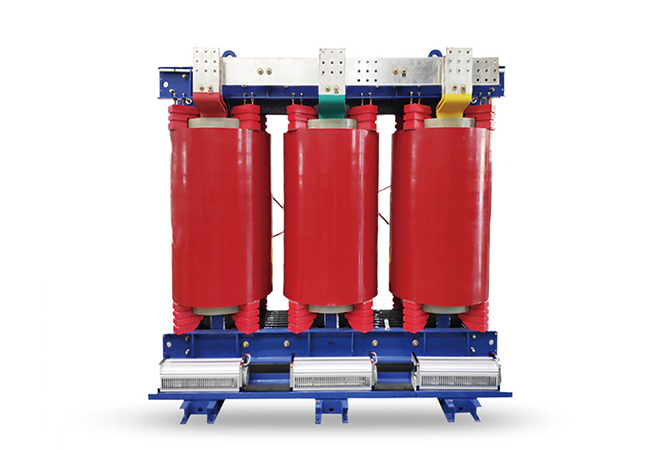
At present, most of my country’s dry-type power transformers are three-phase solid-molded SCB, SGB, and SCR series. Their voltage levels are generally in the range of 6-35KV, and the maximum capacity can reach 15MVA
1. The structure of dry-type transformers
1. Open type: It is a commonly used form. Its body is in direct contact with the atmosphere. It is suitable for relatively dry and clean indoors (when the ambient temperature is 20 degrees, the relative humidity should not exceed 85%). There are generally two cooling methods: air self-cooling and air cooling.
2. Enclosed type: The body of the transformer is in a closed shell and is not in direct contact with the atmosphere (due to poor sealing and heat dissipation conditions, it is mainly used in mining and is explosion-proof).
3. Casting type: Epoxy resin or other resin casting is used as the main insulation. It has a simple structure and small size and is suitable for transformers with smaller capacity.
2. Cooling methods of dry-type transformers
The cooling methods of dry-type transformers are divided into natural air cooling (AN) and forced air cooling (AF). When the transformer is naturally cooled, it can operate continuously for a long time at rated capacity. When forced air cooling is used, the output capacity of the transformer can be increased by 50%. It is suitable for intermittent overload operation or emergency overload operation; because the load loss and impedance voltage increase are large during overload, it is in a non-economic operation state, so it should not be in long-term continuous overload operation.
3. Types of dry-type transformers
1. Impregnated air-insulated dry-type transformer: It is rarely used at present. Winding wire insulation and insulation structure materials are selected from insulation materials of different heat-resistant grades according to needs to make Class B, Class F and Class H insulation dry-type transformers. 2. Epoxy resin cast dry-type transformer: The insulation materials used are polyester resin and epoxy resin. At present, epoxy resin is mostly used for cast insulation dry-type power transformers.
3. Wrap insulation dry-type transformer: Wrap insulation dry-type transformer is also a kind of resin insulation.
4. What are the advantages of dry-type transformers and oil-immersed transformers?
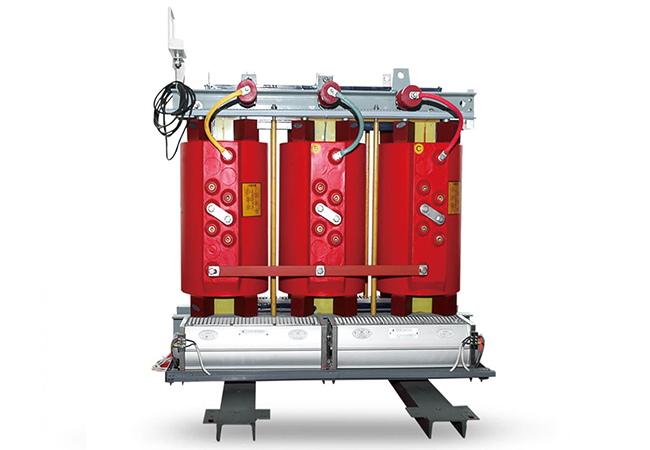
1. Dry-type power transformers can avoid the danger of fire and explosion of transformer oil due to failures during operation. Since the insulation materials of dry-type transformers are all flame-retardant materials, even if the transformer fails during operation and causes a fire or there is an external fire source, the disaster of the fire will not be expanded.
2. Dry-type power transformers will not have oil leakage problems like oil-immersed transformers, and there will be no problems such as transformer oil aging. Usually, the operation, maintenance and overhaul workload of dry-type power transformers is greatly reduced, and even maintenance-free.
3. Dry-type power transformers are generally indoor devices, and can also be made into outdoor types for places with special requirements. It can be installed in the same room with the switch cabinet to reduce the installation area.
4. Since dry-type power transformers are oil-free, they have fewer accessories, no oil storage cabinets, safety airways, a large number of valves and other components, and no sealing problems.
You may also find these interesting:
